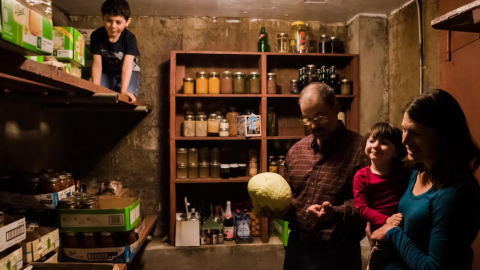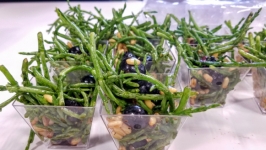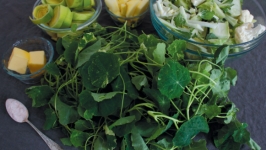Lard for the Larder
Rendered animal fats have long been used for cooking, medicine, and storing food. Pork fat is especially prized for its mild flavor, versatility, and abundance on a domestic pig.
During butchering, we separate out the different types of fat trimmings to render and use separately since they are suited for different preparations.
• Leaf lard fat that cushions the organs is mildly flavored and often used in pastries.
• Caul fat drapes the stomach and other organs like white lace. It is popular in European preparations for wrapping sausages and lean meats.
• “Fat back” is thick solid back fat that covers most of the back and belly.
Rendering basics
• Run the fat through a meat grinder to speed up the rendering process.
• Place the ground fat into a slow cooker or a cast-iron pot on low heat to release fats from the cells.
• Render low and slow for best results.
• Hot tip: do not leave your rendering fat unattended to avoid burning the fat or setting your place on fire.
• As the liquid fat accumulates at the top of the pot, ladle it through cheese cloth into sterilized jars.
• After it cools, inspect the pure white fat to make sure there is no water collecting at the bottom.
• Label and store in a cool dark place in your larder or the freezer.
• Use as you would any other cooking oil or fat. Lard’s high smoke point makes it especially superb for high-heat sauteing and frying.








